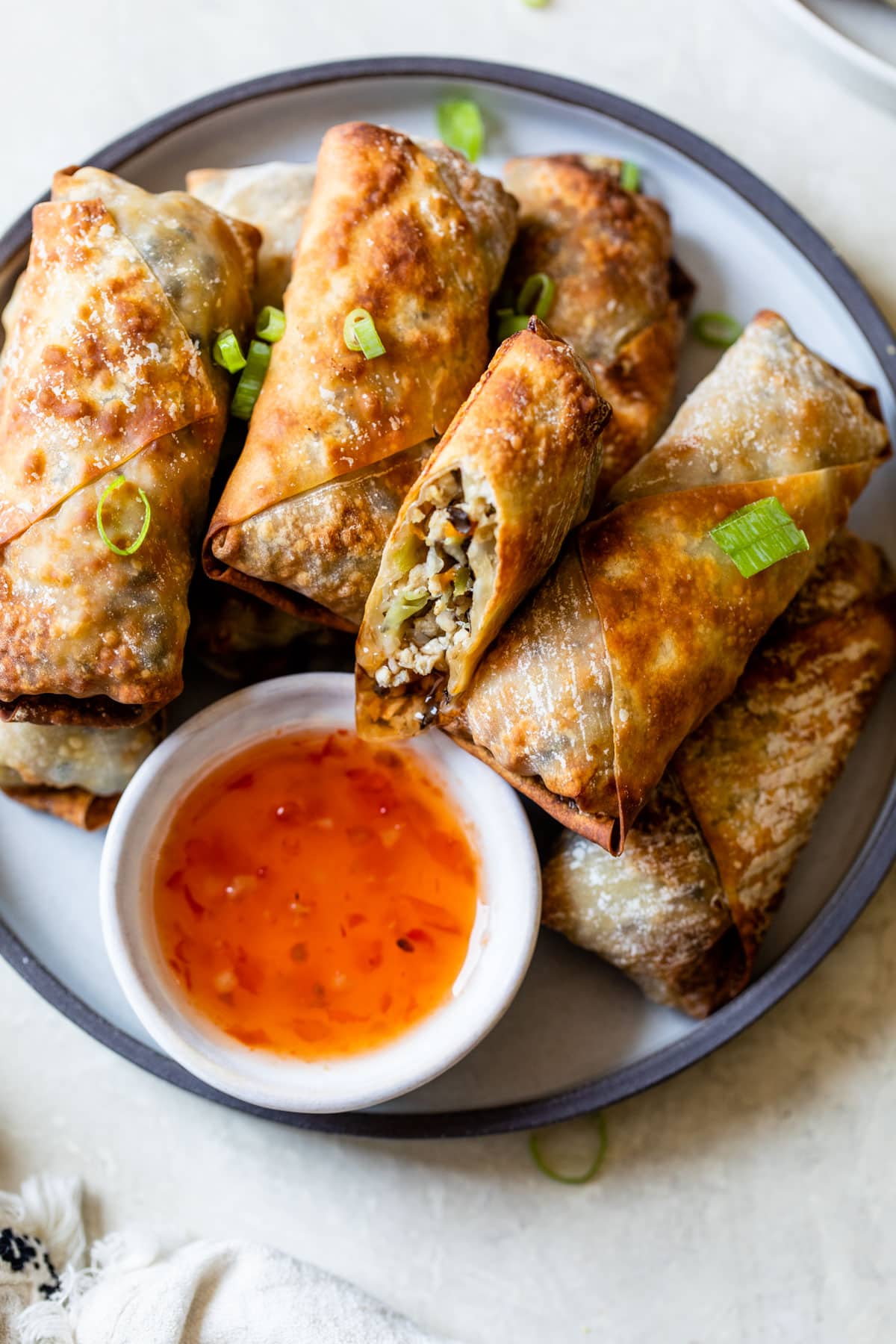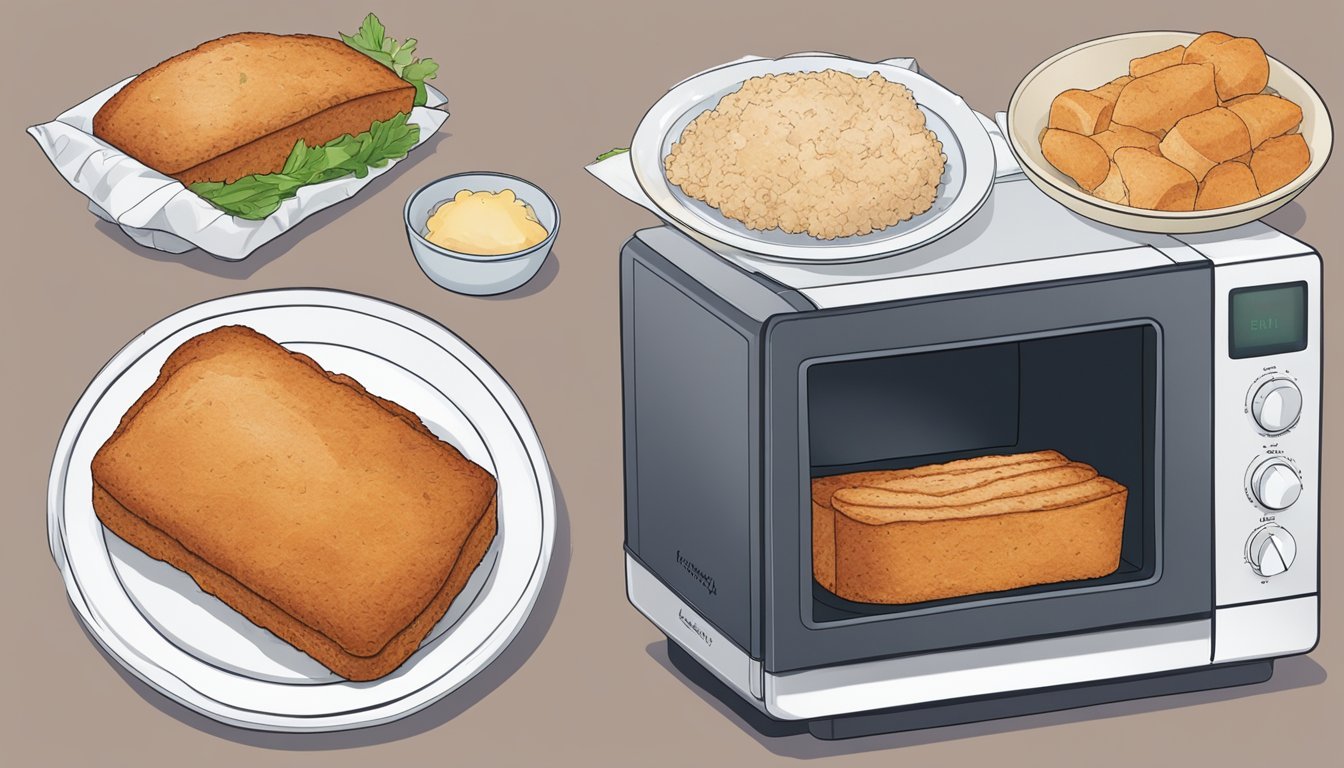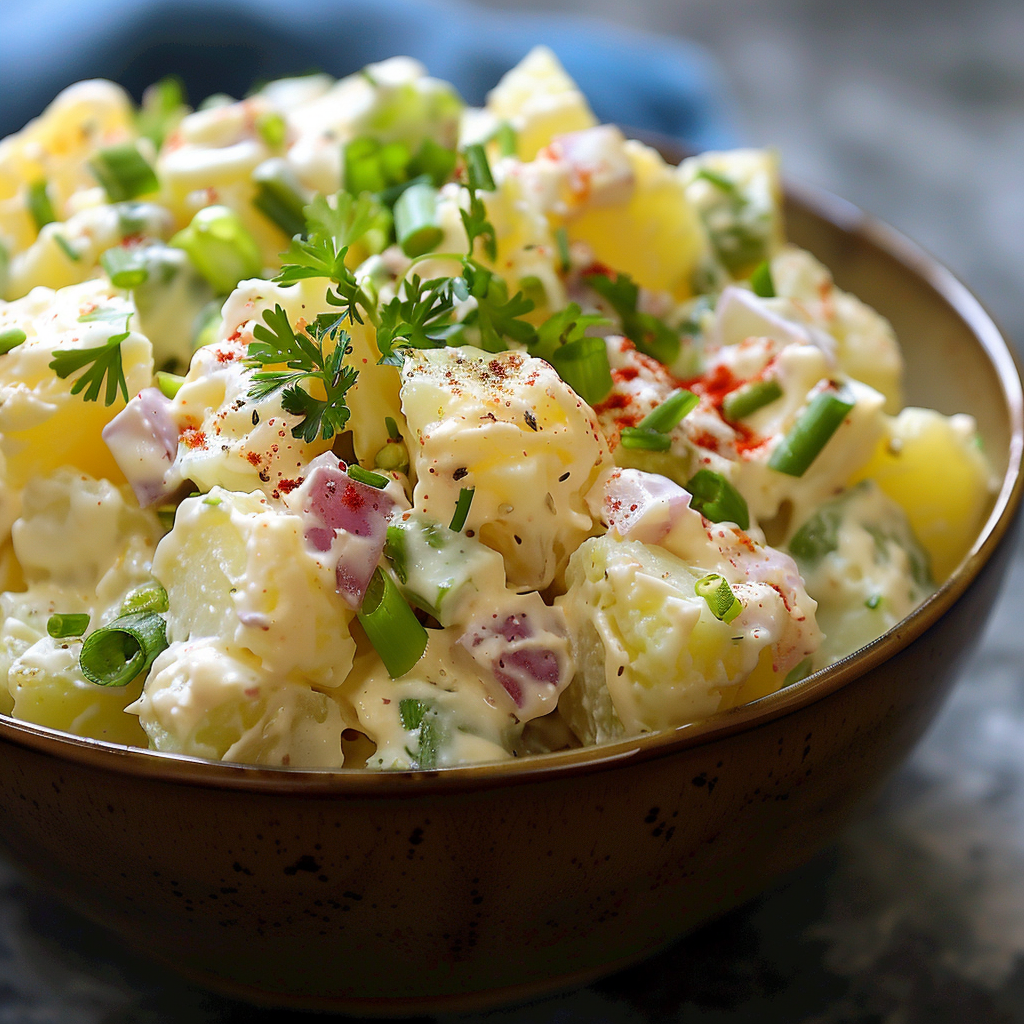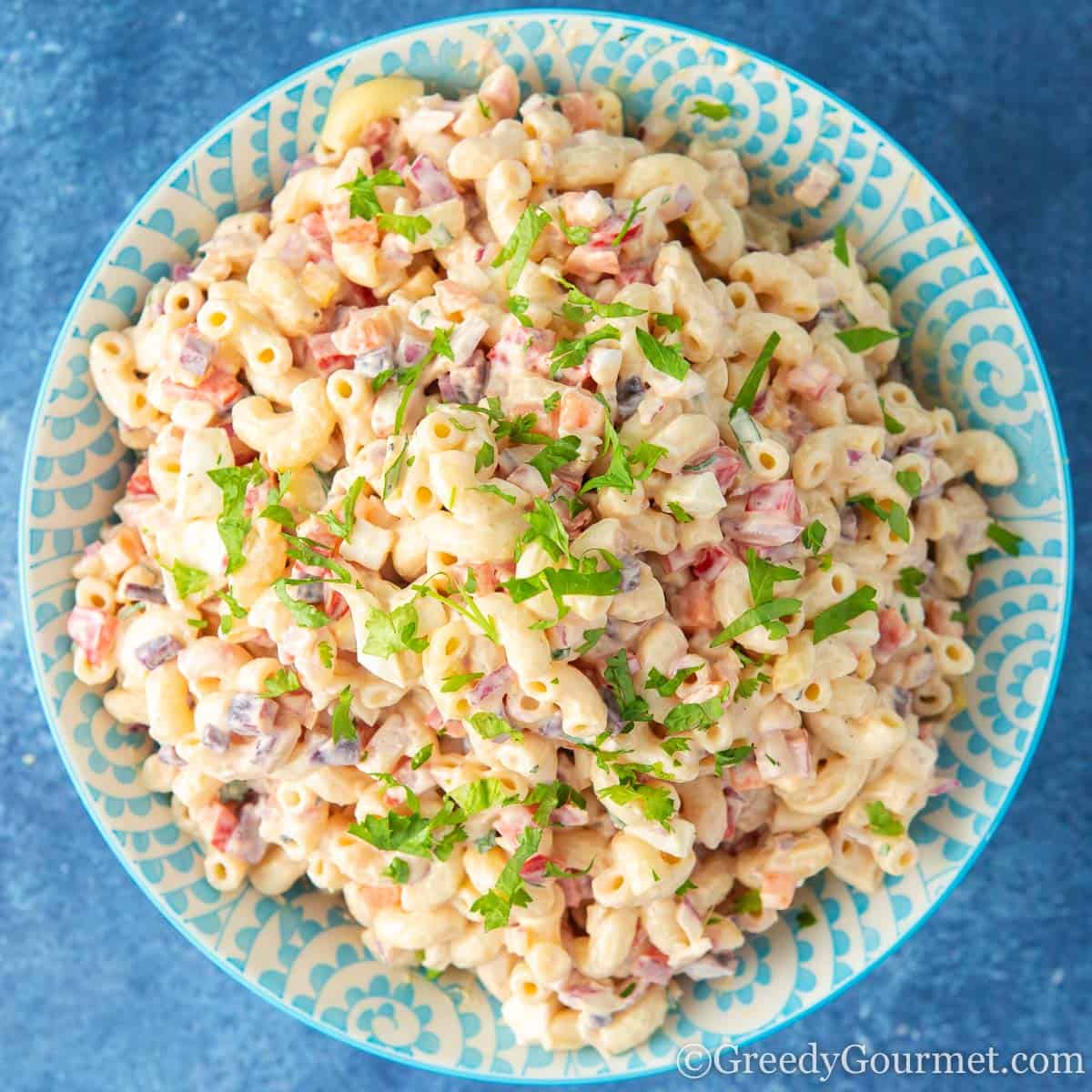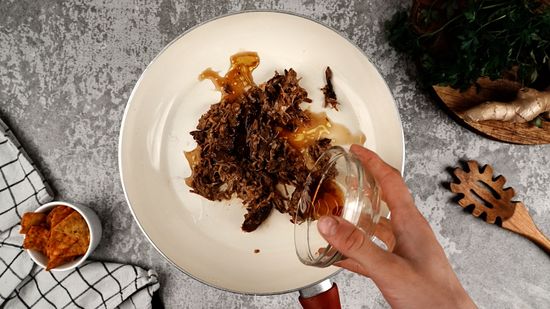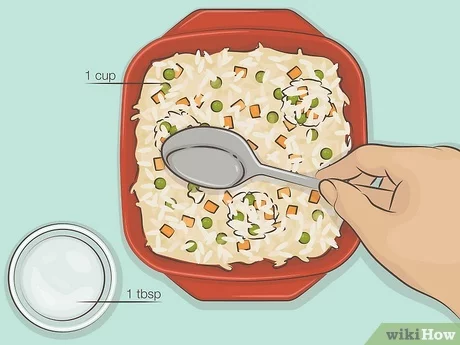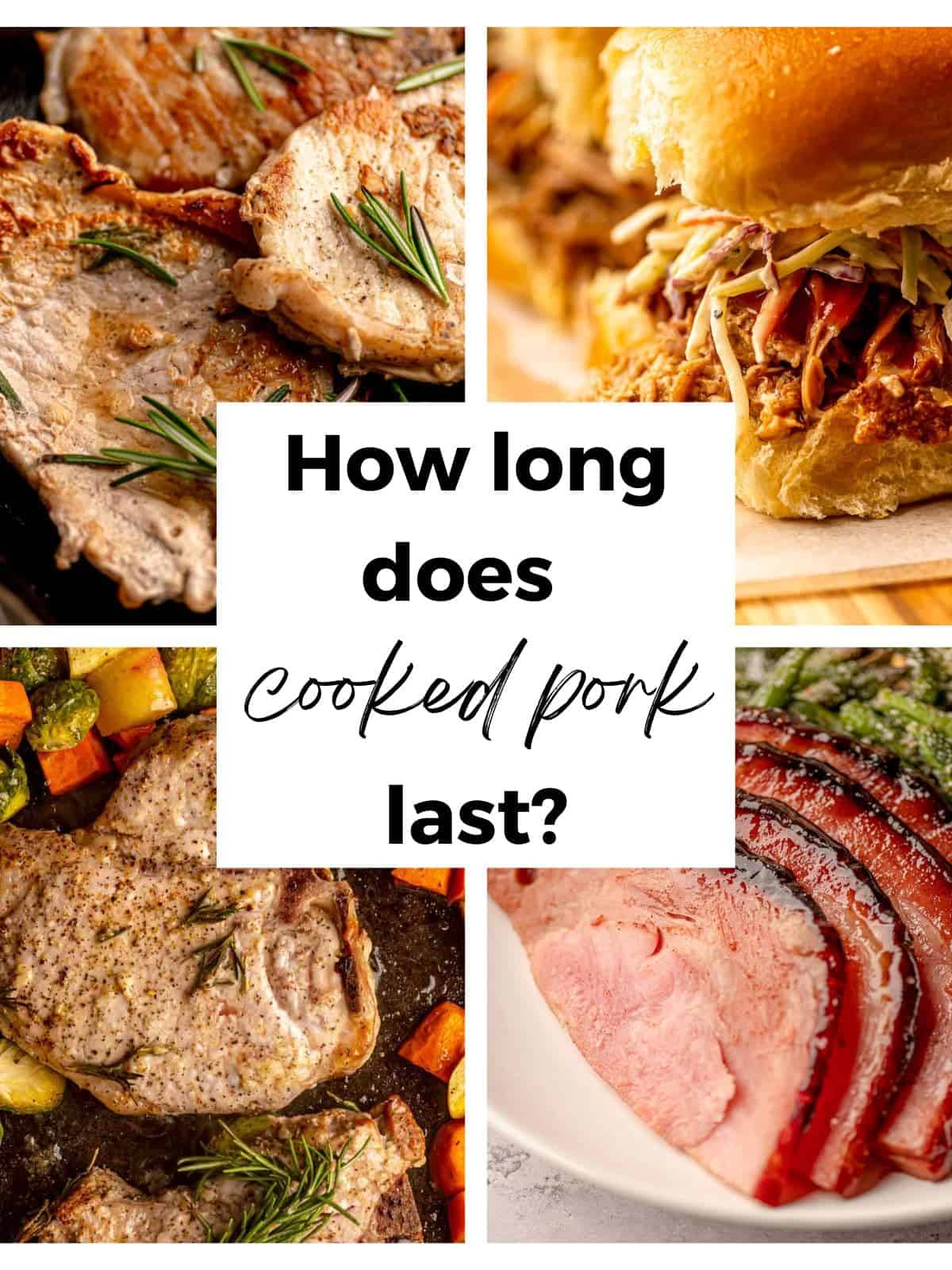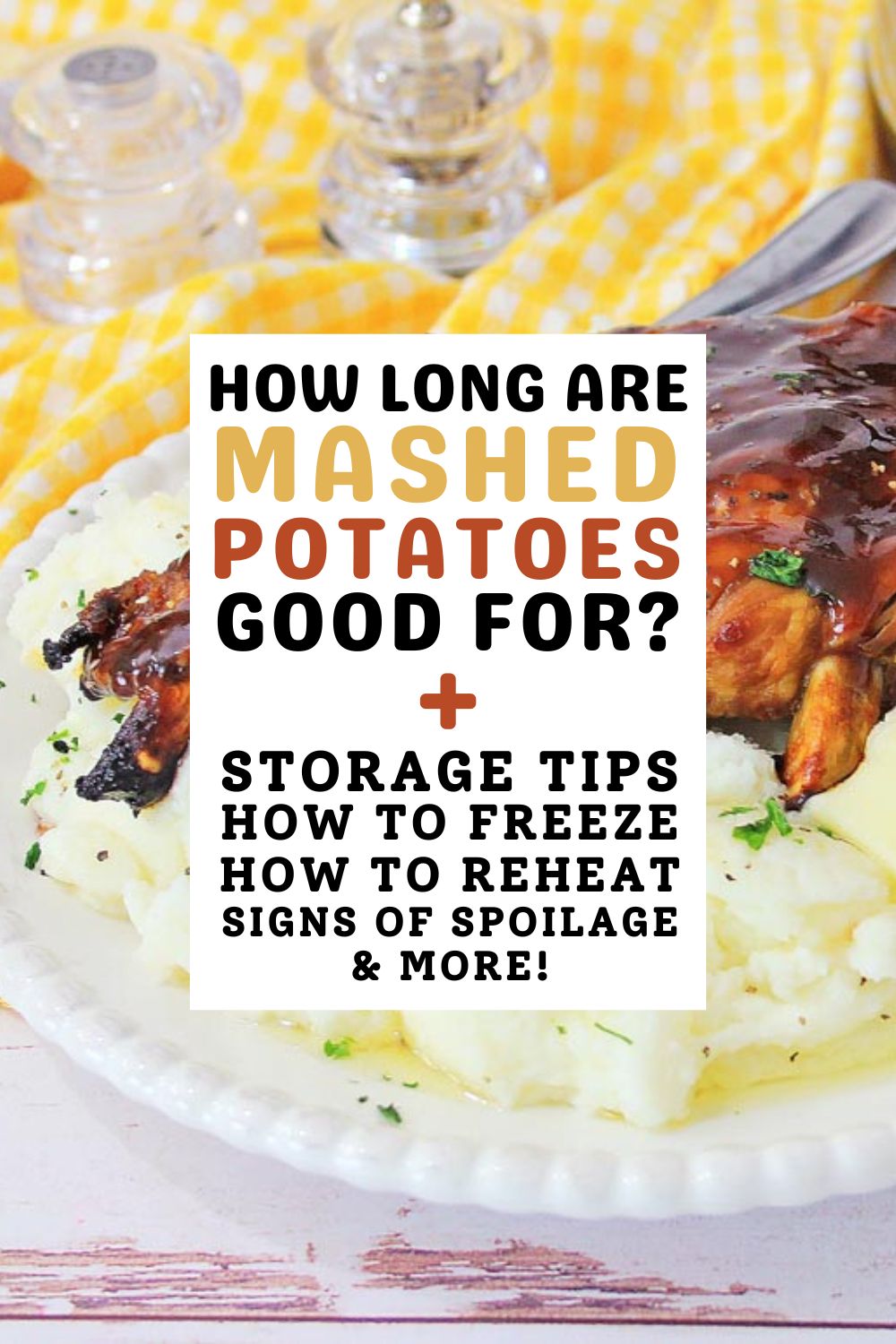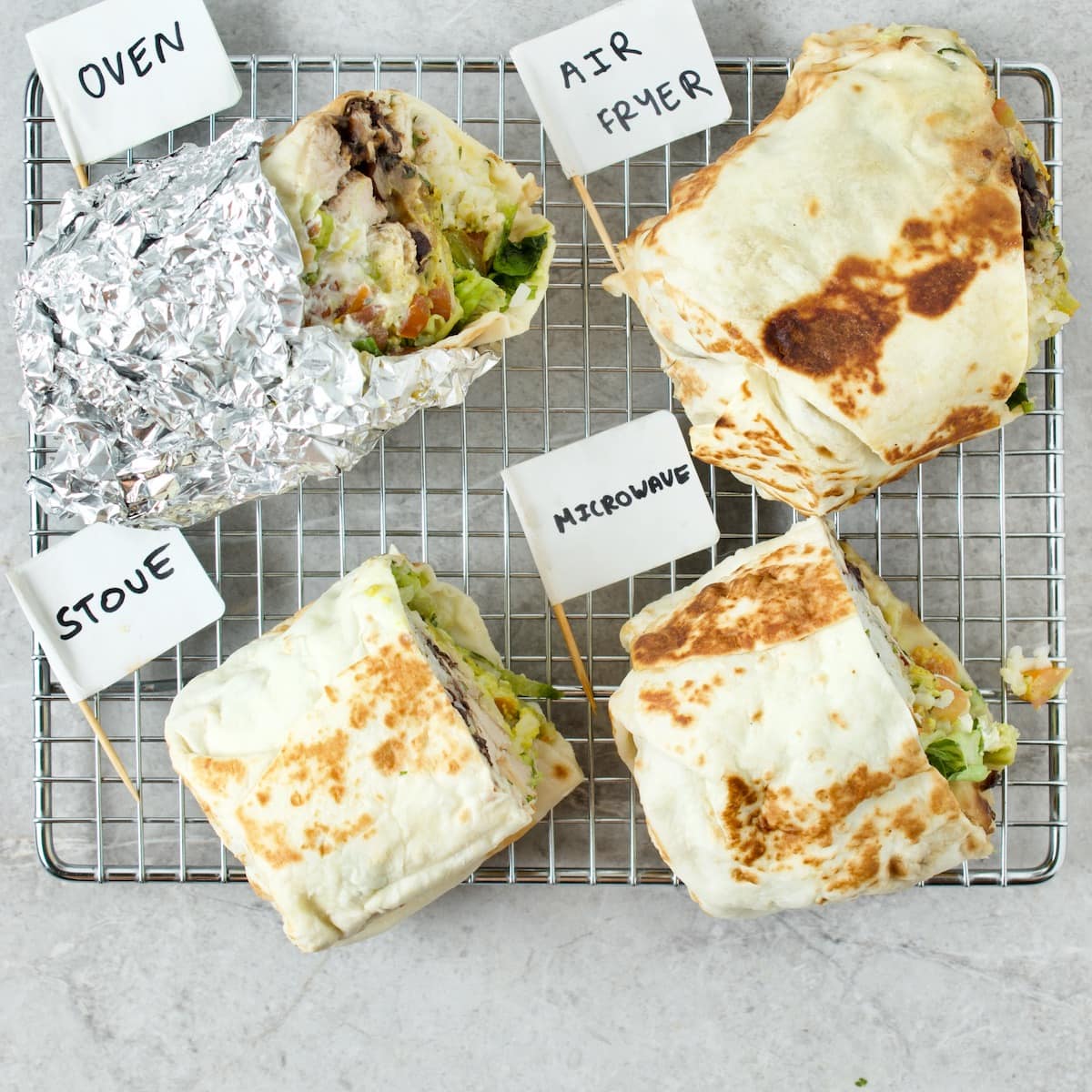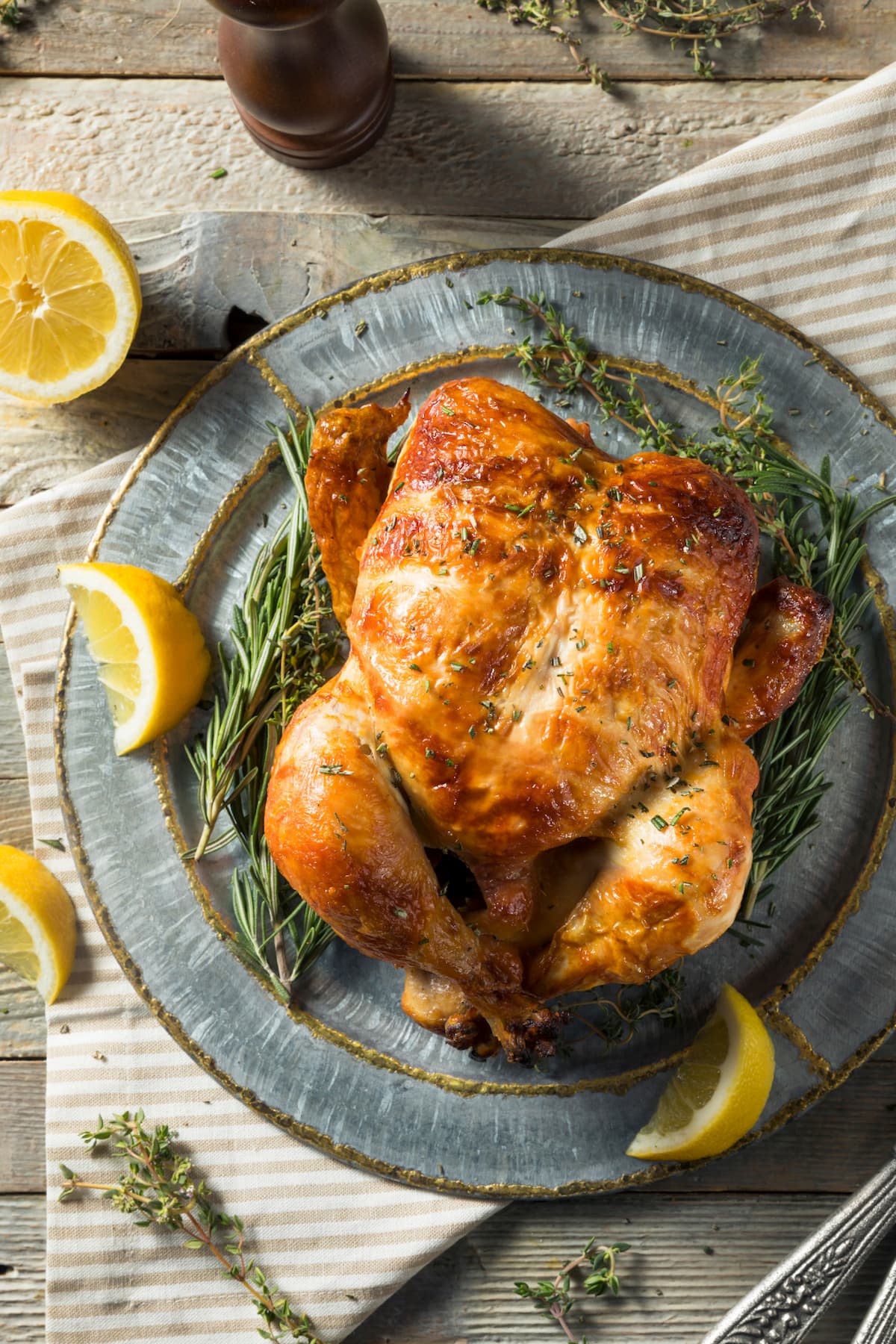Deliciously Crispy: Reheat Egg Rolls in Air Fryer
– Egg rolls can become soggy when reheated due to excess moisture seeping into the filling and exterior.
– Microwaving egg rolls can result in soggy texture, but wrapping them in a paper towel or using a microwave-safe slotted stand can help maintain some crunchiness.
– Using an oven or toaster oven is a better option for reheating egg rolls if you want a crispy exterior.
– Preheat the oven to 350 F and line a baking sheet with aluminum foil that has been sprayed with cooking spray.
– Lay the egg rolls on the sheet without touching each other.
– Bake the egg rolls for about five minutes, flipping them halfway through for even crispiness.
– For the air fryer method, set the air fryer to 350 F, place the egg rolls in the basket and cook for one to two minutes, flipping them halfway through the process and cooking for an additional two minutes.
– For the stove top method, heat a frying pan with oil, and cook the egg rolls until crispy, but note that this method requires more oil.
– It is recommended to defrost frozen egg rolls before using any method to reheat them.
– To reheat egg rolls in a frying pan, use olive oil, canola oil, or cooking spray on medium heat. Cook for 5-10 minutes, flipping to ensure even crispiness.
– To reheat egg rolls in a deep fryer, unfreeze frozen egg rolls in the fridge and then deep-fry for 30-45 seconds or 9-10 minutes for frozen, uncooked egg rolls.
– It is not recommended to put additional oil on egg rolls as it can make them greasy and soggy.
– To store egg rolls, overcooked ones can be stored in the fridge for 4 hours, while hot egg rolls should cool down before being stored in the freezer.
– Vegetable spring rolls can be reheated using similar methods but require lower heat and less cooking time due to their delicate wraps.
